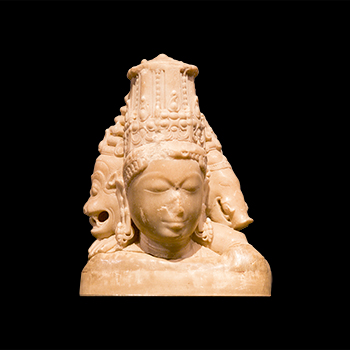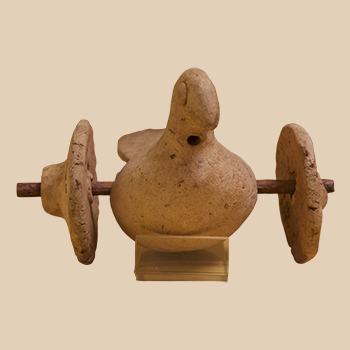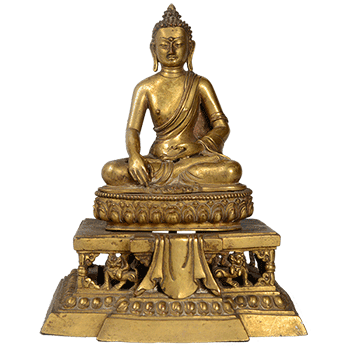The Jamdhar is a typical Indian push dagger. Its peculiarity lies in the H-shaped handle which is made of two parallel bars connected by two or more cross pieces. The jamdhar is used as a thrusting weapon. It was a weapon of war as well as self-defense. It was popular in 16th-17th century A.D. as evidenced by the miniature paintings of this period. The word jamdhar is also mentioned in the Ain-i-Akbari.






























